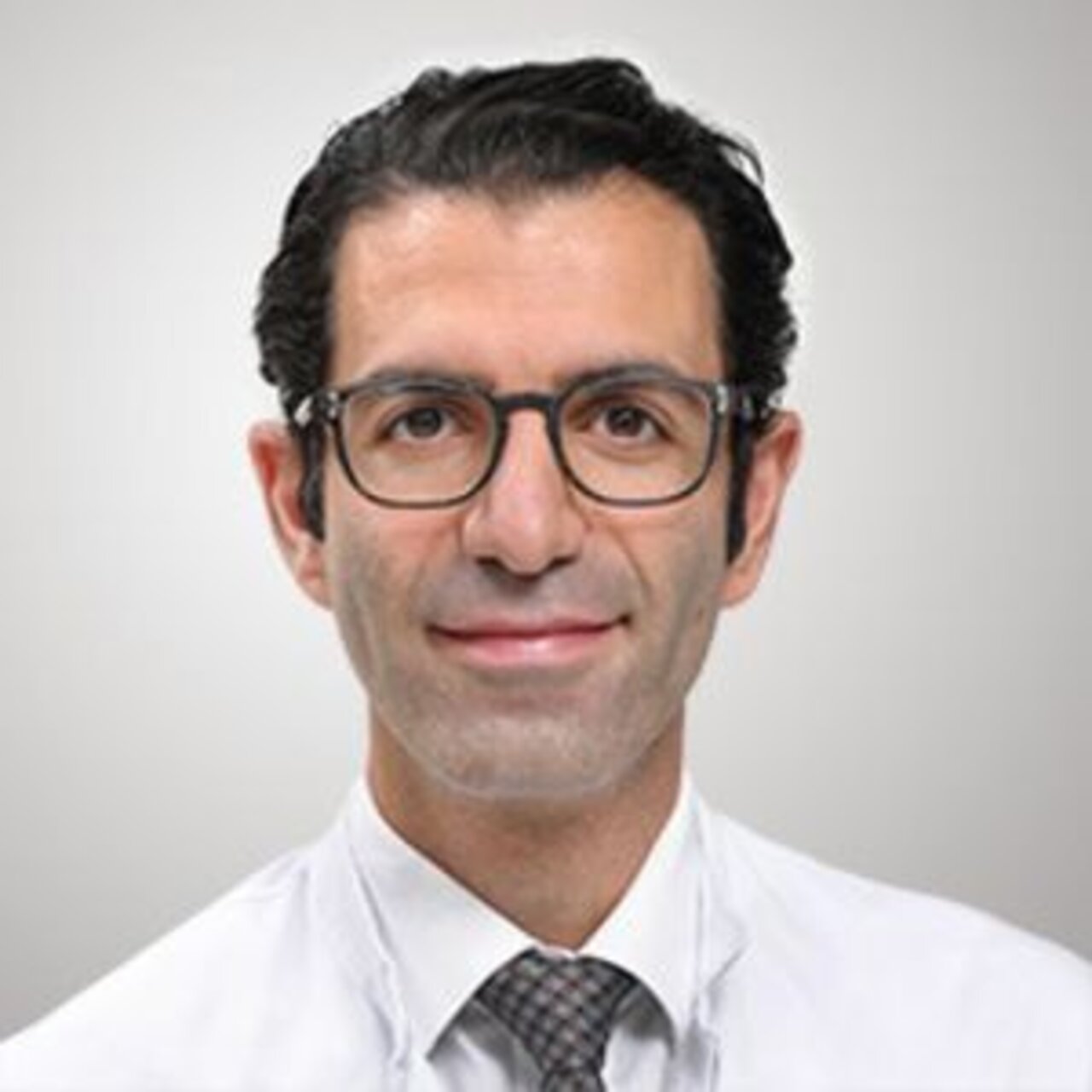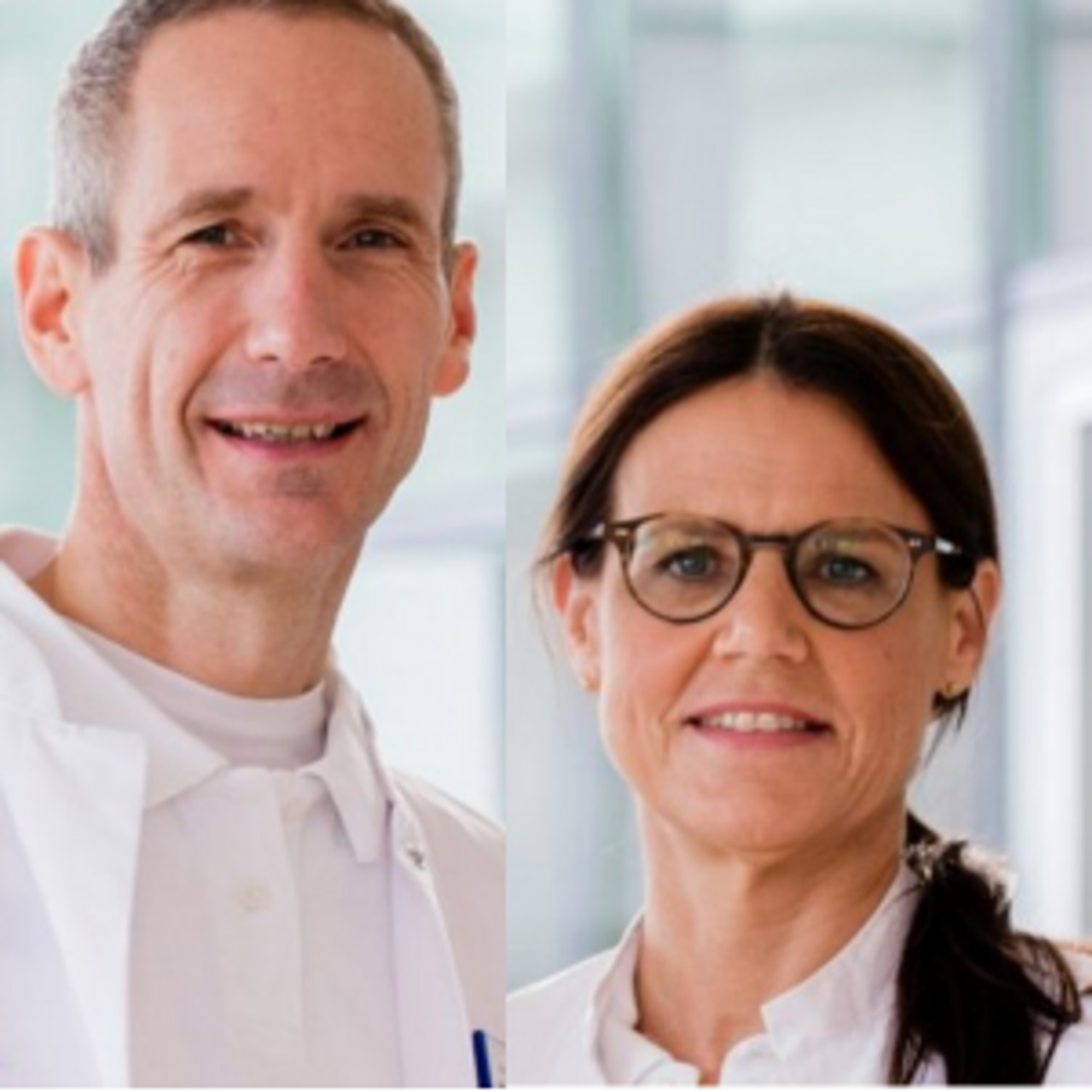Specialists in Scoliosis therapy
6 Specialists found
Information About the Field of Scoliosis therapy
What is scoliosis?
Scoliosis refers to a deformity of the spine characterized by vertebral bodies curving sideways and rotating against each other. While several types of scoliosis can occur, in the majority of cases it is an adolescent scoliosis of the thoracic spine which is particularly seen in girls around the age of 10.
In many cases the underlying cause leading to this condition cannot be precisely defined, although it is suspected that the front and back sections of certain vertebral bodies are growing at different rates. More rare reasons for scoliosis are also recognized, for example legs of different lengths, inborn malformations or primary underlying diseases can cause it. Among these are certain metabolic diseases and diseases of the musculature or connective tissue. Particularly in the adolescent years scoliosis can run without symptoms at the start and remain undetected for a while.
Pain related to scoliosis is mostly the result of wear and tear of the spine after growth has been completed. More severe cases can compromise breathing as well as the cardiovascular system because of the deformity of the ribcage. It can be particularly painful for patients with severe scoliosis, should there be bone contact between the ribs and the iliac crest.
How is scoliosis treated?
A range of therapeutic approaches are available for scoliosis, which are adapted to the patient's particular circumstances. Key factors such as severity or age all play a role. Naturally, the underlying cause affects the choice of therapy too.
Severity of scoliosis influences treatment
By means of X-ray examination, the severity of scoliosis can be determined using the so-called Cobb angle. For this purpose, two straight lines are plotted at standardized locations between vertebral bodies that in turn converge at a specific angle, the Cobb angle. Physiotherapy is often enough if the Cobb angle is less than 20°. With an angle of 20° or more but below 40°, a corset should be worn in addition to physiotherapy. For scoliosis of the thoracic spine, surgery may be advisable starting at 40°, while in other cases surgery is required no later than 50°.
Different treatment options for different age groups
In adult age scoliosis develops less frequently and if it does, then usually takes on only a mild form in which further aggravation is not expected. Additionally in this patient group, the growth has already been completed which implies that physiotherapy or brace systems offer less potential for success than in adolescents for example.
In contrast to adults, adolescents or children with scoliosis should be treated more promptly as their spine is still growing and therefore scolioses can deteriorate very quickly and furthermore, therapy is more effective at this stage. Therefore, in order to decide on the right therapy, the following must be considered: Special X-ray checks can determine the progress of growth.
Which scoliosis treatment is the best?
The optimal choice of treatment can differ from patient to patient and ultimately depends on the other factors mentioned above. So these factors must be weighed up by the treating physician on an individual basis and the choice made in coordination with the patient or parents.
Physiotherapy
Patients with mild scoliosis who have a Cobb angle of less than 20° undergo physiotherapy. By means of targeted muscle training and mobilization of the trunk musculature, physiotherapy aims to increase stability in order to support the curved spine. The patients are taught physical exercises so that once they have completed physiotherapy, they are able to continue these exercises independently.
Corset
Only patients who are still growing and present with a Cobb angle of greater than 20° but less than 40°-50° are indicated for a corset. It is crucial for the child to wear the corset consistently and ideally have it on for more than 23 hours. Patients as well as parents should be made aware of the fact that such a corset can only halt the worsening of the scoliosis. An improvement over the initial state will therefore not be achieved despite consistent wearing. Furthermore, physiotherapy is prescribed for most patients with a corset. Even patients who have endured surgery may be prescribed a corset in order to stabilize the operated spine throughout this sensitive recovery period.
Scoliosis surgery
An operation may be considered if the Cobb angle is greater than 50° or, for thoracic spine scoliosis, as low as 40°. Several different types of surgery are performed with the aim of correcting the curvature as well as the rotational malposition. For the most part, specialized implants are inserted to secure the affected vertebral bodies against one another, with the intent that they will permanently grow in place. Like any operation there are some risks involved in the surgical correction of scoliosis, which, although rare, cannot be ruled out. Among them are infection of the surgical site, wound healing problems and nerve injury. Another possible complication is referred to as pseudarthrosis. This is when adjacent vertebral bodies do not successfully grow together and remain mobile.
Which doctors and clinics are specialists in scoliosis treatment?
To ensure the optimal therapeutic outcome, patients with scoliosis should consult orthopaedic doctors who specialize in the treatment of spinal curvature disorders. In the best case, these are specialists who also carry out surgical intervention.
Let us help you find an expert for your condition. All listed doctors and clinics have been evaluated by us for their outstanding specialization in the field of scoliosis therapy and are looking forward to your inquiry or your request for treatment.





